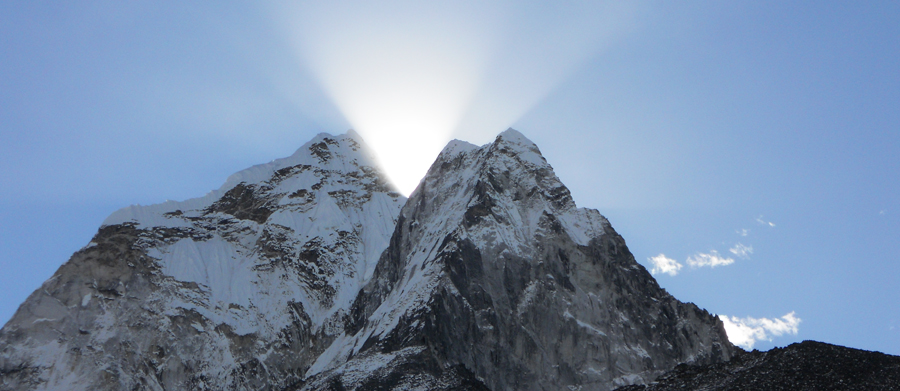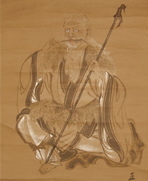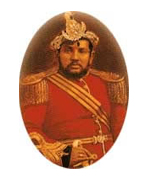Nepal’s Tea Story

The Rakura story would be incomplete if we did not appreciate the fascinating beginnings of tea in Nepal and the world. For without it, we’d not be here today.
 Although tea was discovered close to Nepal, in neighboring China about 5,000 years ago by the Chinese emperor Shen Nung, who realized and declared the various health
Although tea was discovered close to Nepal, in neighboring China about 5,000 years ago by the Chinese emperor Shen Nung, who realized and declared the various health  benefits of tea in 2737 BC – the first tea plantation was started much later in Nepal, around 1873 AD. It is believed that around that time, Col. Gajraj Singh Thapa the son in Law of the erstwhile Prime Minister of Nepal, Jung Bahadur Rana, was on a tour of the then British sanitarium,Darjeeling and was overwhelmed by the scenic tea gardens as well as the flavorsome drink he was offered everywhere. Seeing him impressed, the East India Company under the British Empire gifted the Colonel, tea seeds for starting a plantation in Nepal. Upon his arrival in Nepal, Col. Thapa quickly set up the first tea plantation in the hilly district of Ilam, near Darjeeling and within 2 years the second in the foothills of Ilam, in a place called Soktim, now in the district of Jhapa – and thus began the saga of tea in Nepal.
benefits of tea in 2737 BC – the first tea plantation was started much later in Nepal, around 1873 AD. It is believed that around that time, Col. Gajraj Singh Thapa the son in Law of the erstwhile Prime Minister of Nepal, Jung Bahadur Rana, was on a tour of the then British sanitarium,Darjeeling and was overwhelmed by the scenic tea gardens as well as the flavorsome drink he was offered everywhere. Seeing him impressed, the East India Company under the British Empire gifted the Colonel, tea seeds for starting a plantation in Nepal. Upon his arrival in Nepal, Col. Thapa quickly set up the first tea plantation in the hilly district of Ilam, near Darjeeling and within 2 years the second in the foothills of Ilam, in a place called Soktim, now in the district of Jhapa – and thus began the saga of tea in Nepal.
However, these rosy beginnings changed with injudicious policies being ratified to isolate Nepal from the outside world, hindering modernization and economic development. As the nascent tea industry remained under the realm of the ruling class, it failed to grow. Where Darjeeling tea was thriving under the British colonial rule, the Nepalese tea industry was failing to provide even for domestic consumption.
Then again, the Nepalese tea industry saw a ray of hope with a shift in the political scenario of Nepal in the 1950’s. Democracy opened up Nepal’s economy to the world and the tea industry was given some attention. Amidst all this development, the founder, Ram Kumar Rathi, who was just about to start his tea journey in the mid 1960’s, had only recently returned tea-struck from China – being captivated by the tea culture and significance of tea in the world – wanting to put Nepal on the world tea map. He set out to knock on the doors of the state-owned gardens to reason with them on putting Nepal at its rightful place. During this process, he witnessed the dysfunctional facets of an ailing industry that had so much potential. All this instilled in him a determination that led him to learn, perfect and produce quality Nepalese teas that were finally exported by him for the first time in the summer of 1973 – creating a legacy that established Nepalese tea, the world over.
Today, this nirvana of a country unites its tea experience with the fertile earth of the land, the purity of the air and the healthy young tea bushes to produce the finest teas in the world – against all odds. This natural alchemy presents a unique character in the tea, which when brewed properly, produces a bright infusion with a relaxing aroma and an exquisite flavor, culminating into a connoisseur’s delight.

